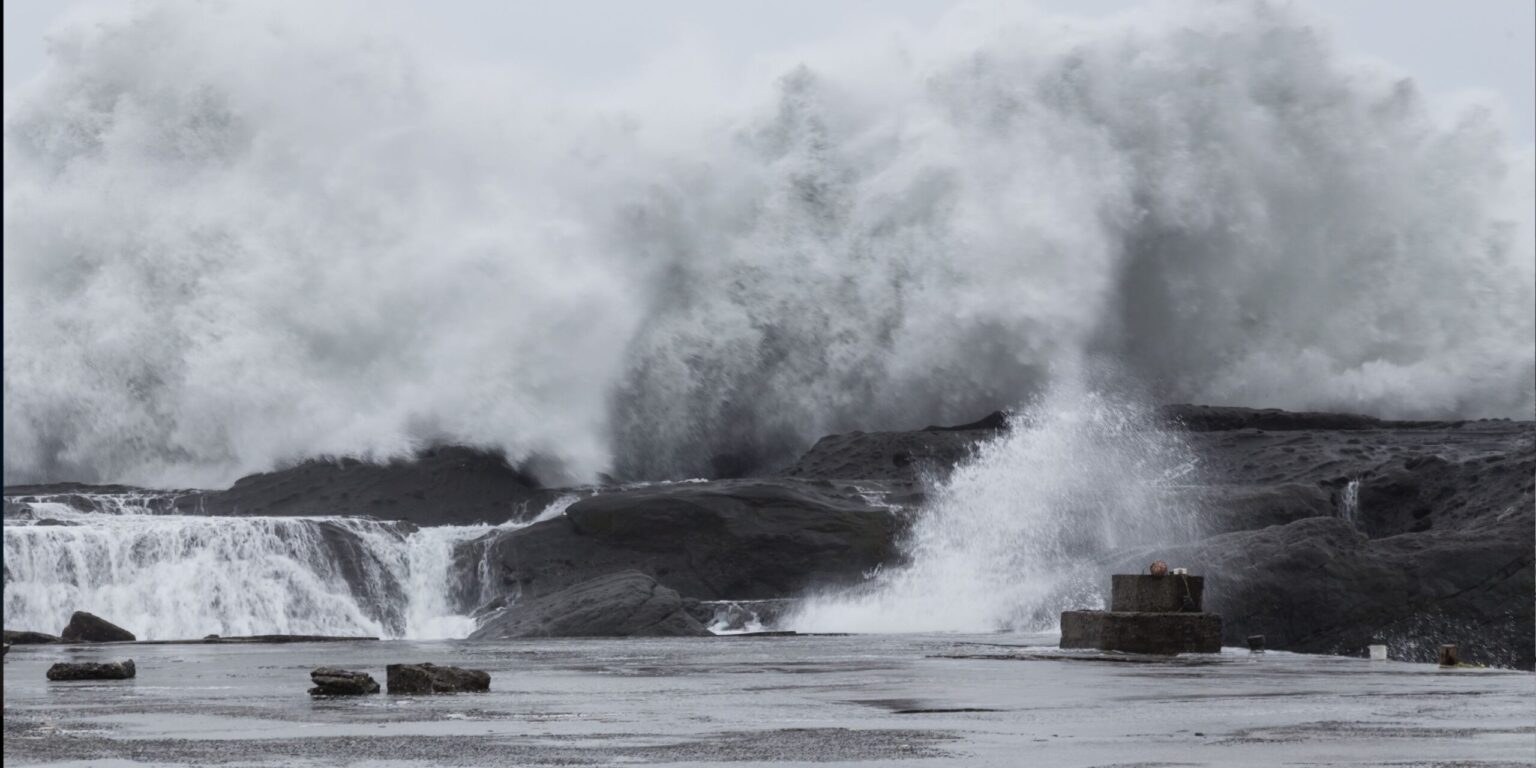By Troy Landon, Science and Environment Reporter
A recent scientific study has issued a sobering warning about the possibility of a “mega tsunami” that could one day strike the United States, threatening lives and infrastructure across the Pacific Northwest, Alaska, and Hawaii. Researchers point to seismic activity along the Cascadia Subduction Zone as a critical risk factor that could lead to a catastrophic seismic event with far-reaching consequences.
Stretching from Northern Vancouver Island down to Northern California, the Cascadia Subduction Zone is a volatile region where tectonic plates collide. Experts estimate a 15% chance that this fault could unleash a magnitude 8.0 or greater earthquake within the next 50 years. If such an earthquake were to occur, the resulting tsunami could reach heights over 1,000 feet, posing a serious threat to communities along the U.S. west coast.
Cascadia’s Geological Peril
The last major earthquake in this zone occurred in the year 1700. Historical and geological records suggest it triggered a tsunami that crossed the Pacific Ocean and reached Japan. In a future event, experts anticipate significant land subsidence—up to 6.5 feet in some areas—instantly elevating sea levels and expanding flood-prone zones by more than 100 square miles. Coastal cities like Seattle, Portland, and Eureka could face devastating flooding, prolonged power outages, and widespread infrastructure damage.
Alaska’s Glacier-Driven Risks
Alaska presents another dimension of the tsunami threat. As global temperatures rise and glaciers continue to melt, the ground they once stabilized becomes increasingly unstable. This geological shift can lead to massive landslides that tumble into fjords or bays, displacing water at extraordinary rates. One alarming scenario involves a slow-moving landslide in the Barry Arm fjord, which has the potential to produce tsunami waves hundreds of feet tall if it were to collapse suddenly.
Such a wave would pose immediate danger to coastal villages, fishing communities, and wildlife habitats. Past incidents, like the 2015 landslide-generated tsunami in Taan Fjord, demonstrate the power of these natural forces and the importance of early detection and monitoring.
Hawaii’s Volcanic Instability
Hawaii, too, faces its own version of tsunami risk. The Big Island’s volcanic landscape is geologically young and dynamic, with steep slopes vulnerable to collapse. Volcanic flank collapses have occurred in the past and remain a major concern for geologists. Should a section of the island slide into the ocean, it could trigger enormous tsunamis that might not only strike Hawaii’s shores but also radiate across the Pacific basin, affecting nations thousands of miles away.
Planning for Resilience
To mitigate these looming risks, scientists and emergency planners stress the importance of proactive measures:
-
Early Warning Systems: Enhanced earthquake and tsunami detection networks are essential for giving people critical seconds to evacuate.
-
Community Preparedness: Public awareness campaigns and evacuation drills are crucial in high-risk zones.
-
Resilient Infrastructure: Retrofitting buildings and critical systems to withstand seismic shocks can limit casualties and economic damage.
-
Smart Urban Planning: Avoiding new development in vulnerable coastal areas reduces future exposure.
The potential for a mega tsunami is not a matter of if, but when. Investing in preparedness today could make the difference between survival and catastrophe tomorrow.
